This chart shows how much Amazon Prime members spend on Amazon.com compared to regular customers.
Research and publish the best content.
Get Started for FREE
Sign up with Facebook Sign up with X
I don't have a Facebook or a X account
Already have an account: Login
Get weekly or monthly digest of all posts in your inbox: https://fmcs.digital/wim-subscribe
Curated by
Farid Mheir
 Your new post is loading... Your new post is loading...

André Bélanger's curator insight,
April 16, 2014 8:54 AM
Walmart n'a pas encore réussi à offrir une grande valeur ajoutée à ses clients pour sa boutique en ligne. Amazon, qui n'a pas de présence physique, reste le leader incontesté du magasin en ligne des clients de Walmart.

André Bélanger's curator insight,
February 4, 2014 4:58 PM
Un magasin roulant sans avoir à payer d'impôts fonciers et de loyers. Brillant! |

Curated by Farid Mheir
Get every post weekly in your inbox by registering here: http://fmcs.digital/newsletter-signup/
|




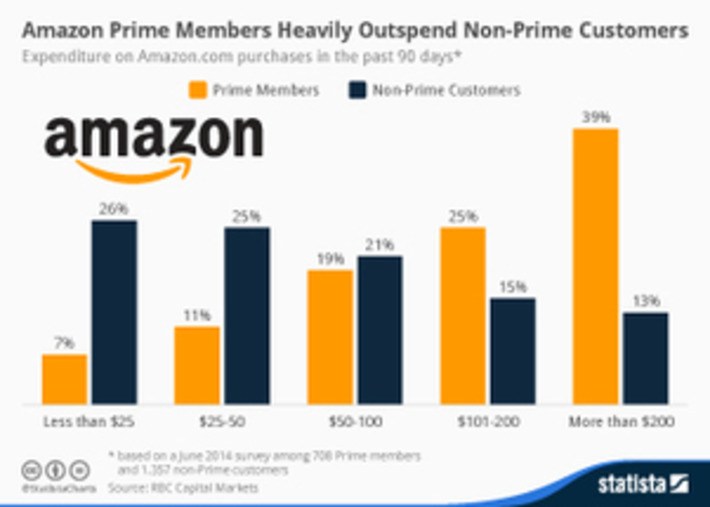


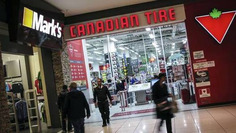






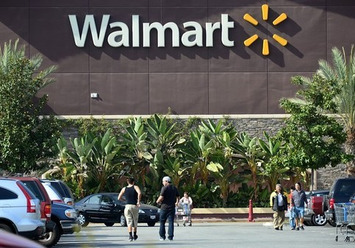




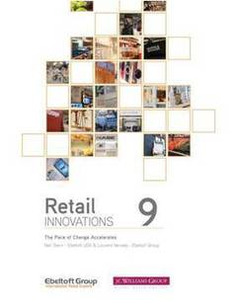
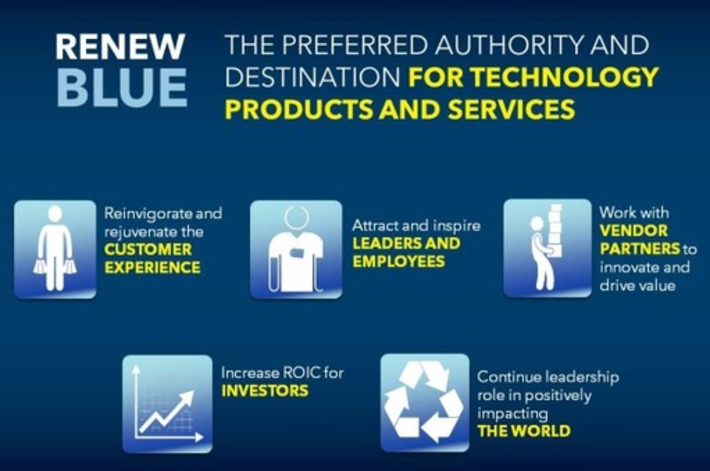
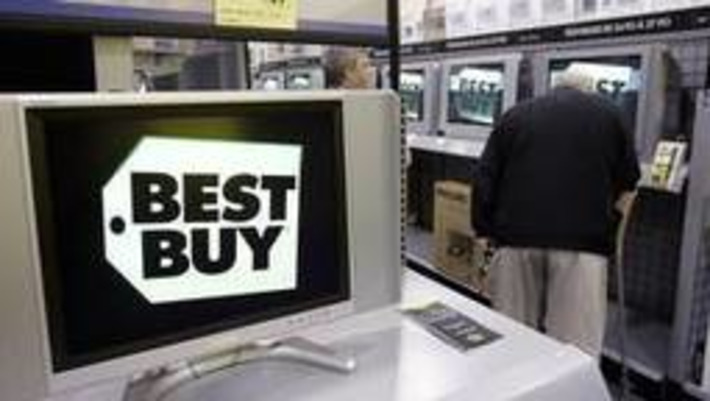

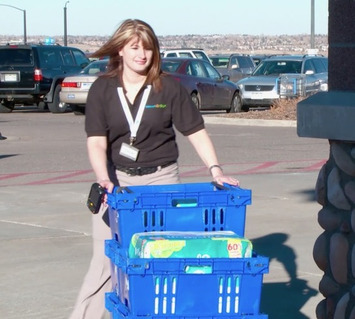
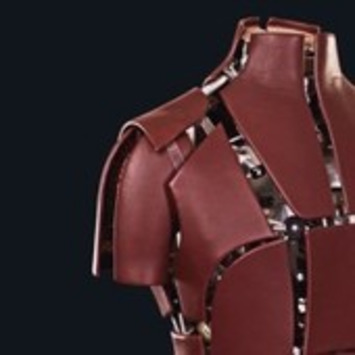



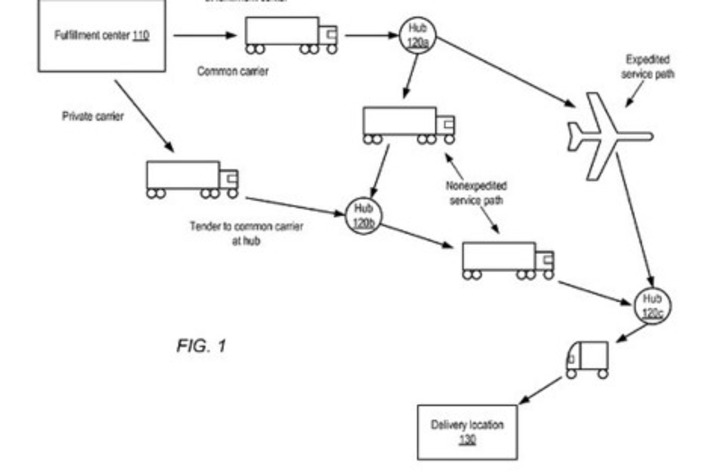








When Amazon goes into grocery eCommerce and charges 299$ per year for Prime, what will be the impact on traditional retailers - Walmart, Target, Loblaws?